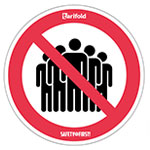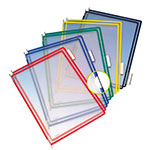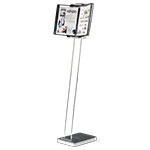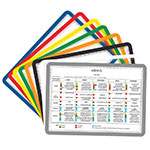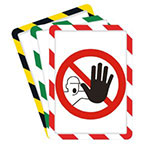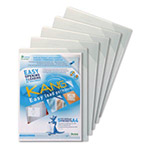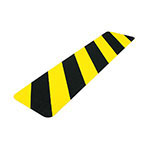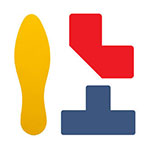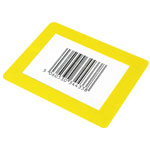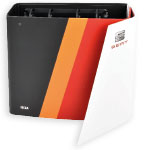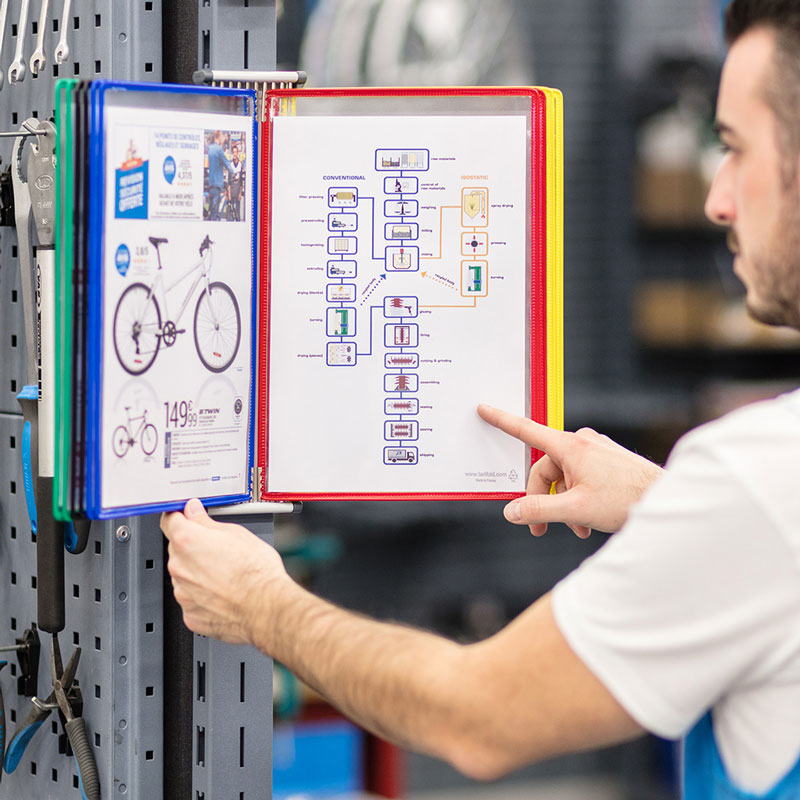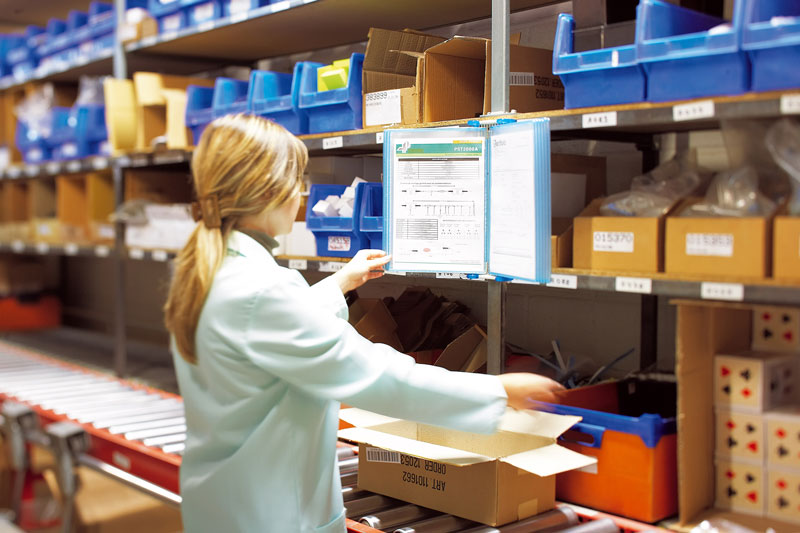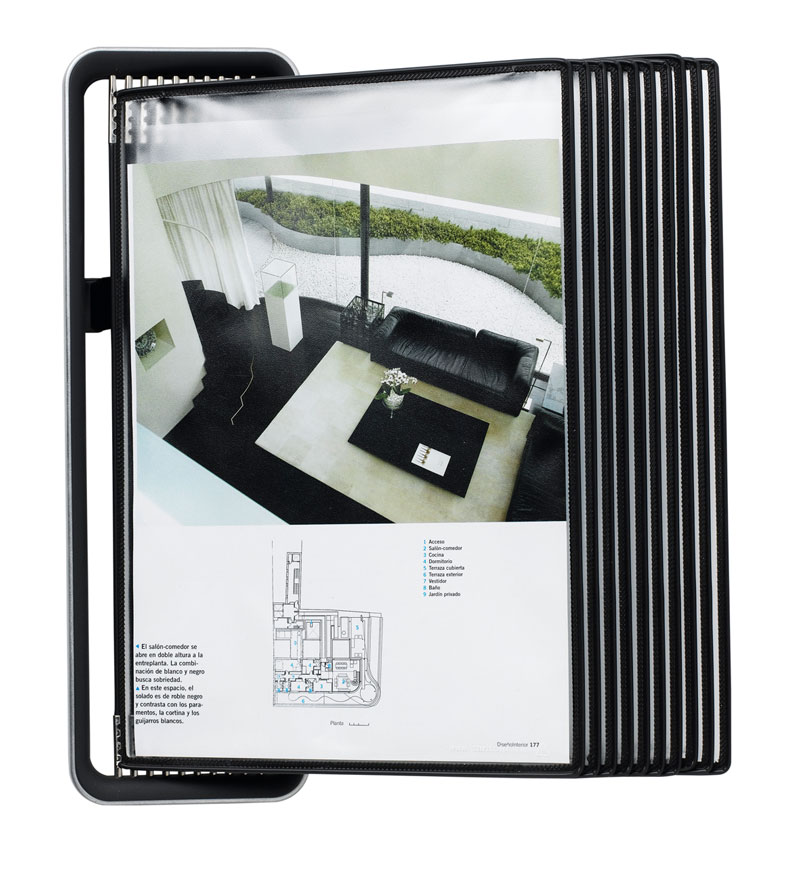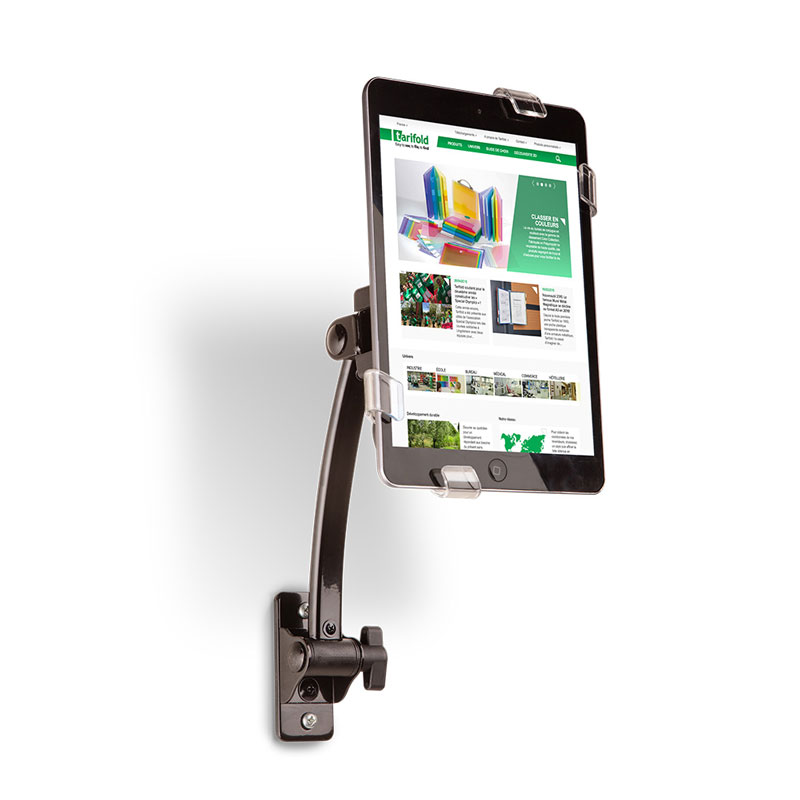
This article will answer the following questions:
- What is the legal value of dematerialized official documents?
- Are employees’ work organisation habits compatible with a paperless industry?
- Can internal and external communication in companies be managed entirely digitally?
- What is the ecological impact of paper and digital media?
What does a « paperless industry » mean?
Paperless industry, also known as document dematerialization, is “the replacement of paper documents by computer files in a company”. Document dematerialization implies a “digital management of all data flows (exchange, storage, archiving, etc.)”. With the objective of a paperless industry, companies try to print the least. (source)
The legal value of the dematerialization of official documents
1. Electronic invoicing in companies – at the European level
In Europe, Directive 2014/55/EU of 16 April 2014 on electronic invoicing in public procurement imposes the obligation for a public administration to accept structured and compliant electronic invoices from its suppliers. Each Member State has until 18 April 2018 to put in place measures to transpose this directive into its national legislation. (sources)
2. Electronic invoicing in companies – at the French level
In France, companies must use electronic invoicing when sending invoices to the Administration. The Administration includes the State, local authorities and their respective public establishments. The ruling adopted on 26 June 2014 provides a schedule of due dates:
- Since January 1, 2017 for large companies and public entities. Large companies are those with more than 5,000 employees, whose turnover exceeds €1.5 billion or whose balance sheet total exceeds €2 billion.
- Since January 1, 2018 for mid-sized companies. Mid-sized companies are those with 250 to 5,000 employees, with a turnover not exceeding €1.5 billion or a balance sheet total not exceeding €2 billion.
- Since January 1, 2019 for small and medium-sized enterprises (SMEs). SMEs are enterprises with no more than 250 employees, a turnover not exceeding €50 million or a balance sheet total not exceeding €43 million.
- As of the 1st January 2020 for micro-enterprises. Micro-enterprises are those with no more than 10 employees or with a turnover or balance sheet total not exceeding €2 million.
In France, private companies are obliged to accept the receipt of dematerialised invoices. The timetable provided by the Macron law of August 6, 2015 is the same as above. It should be noted that the law only requires the acceptance of electronic invoices upon receipt, and not the drafting of electronic invoices. (sources)
3. Electronic document archiving – at the European level
In 1994, the European Commission created a forum called the DLM Forum (Document Lifecycle Management). “The DLM Forum is a European membership community of Public Archives and parties interested in archives, records and information management throughout the European Union”.
One of their major achievements is the MoReq, abbreviation for “Model requirements for the management of electronic records” and “Modular Requirements for Records Systems”. The MoReq details the European requirements for the organization of document archiving. (source)
4. Archiving on electronic documents – at the French level
In France, law n°2000-230 of March 13, 2000 regulates the archiving of electronic documents. This law states that the electronic document has the same value as the paper document. Nevertheless, as stated in Article 1316-1 of the Civil Code, some criteria must be met to justify the authenticity of the digital document. On the one hand, the sender of the document must be easily identifiable. On the other hand, the document must be kept in the state in which it was issued. (source)
It is mandatory to archive certain types of documents:
- civil and commercial documents (customs declaration for 3 years, customer or supplier invoices, delivery notes for 10 years…)
- accounting documents (books and accounting records for 10 years…)
- tax documents (income tax, corporation tax, VAT for 6 years…)
- corporate documents (documents relating to the annual account for 10 years, manager’s reports for 3 years, etc.)
Find the complete list here
Organization of work
1. Employees’ printing habits
To measure employees’ printing habits, two studies are presented.
A study on employee paper consumption shows that a French employee consumes an average of 70 to 85 kg of paper per year, or about three reams per month.
In addition, a ranking of the G20 countries with the highest paper consumption in 2018 was established. Germany is in first place with 241.7kg of paper used per person over one year, according to federal results published by the Saarbrücker Zeitung newspaper. The United States is in second place with 211kg per person. It can be imagined that a large part of this paper is used in a professional context.
Through these two studies, we can see that paper consumption in a professional context in Germany, the United States and France is still very high. (sources)
2. Attachment to paper-based notetaking
According to the Harris Interactive study for the Association of Paper and Office Manufacturers…
… 82% of the active population say they use paper to take notes at their workplace (notepad, notebook or booklet) …
… 58% exclusively use paper to take notes at their workstation …
…53% in meetings.
(source)
Why is paper note taking so important in the digital age?
Handwritten note taking has several advantages, such as personalization, flexibility, and learning. These advantages ensure that handwritten note taking is always used.
-
Personalization and flexibility
Handwritten note taking allows the document to be customized with symbols, annotations and diagrams. It is of course also possible to personalize the document on a computer or tablet, but this takes more time to set up, since it is necessary to find the right form among all those proposed.
-
Learning
As many studies show, including Pam A. Mueller and Daniel M. Oppenheimer’s “The pen is mightier than the keyboard: advantages of longhand over laptop note taking,” published in Psychocological Science on April 23, 2014, computer note taking is less rich in learning than paper-based note taking. This research highlights that equally used, i.e. note taking without distraction, computer note taking tends to transcribe the meeting verbatim, whereas paper note taking requires information processing before transcription. Thus, handwritten note taking allows for better learning and retention of information than note taking on a computer or tablet. (source)


Communication
1. Internal communication
Information may be distributed internally, among others, in paper or digital form. Paper media include company newsletters and signage. Digital media include, for example, an intranet, news emails or newsletters.
Some information can be presented in digital form, such as changes in the organisation, the arrival of a new colleague, or organised events.
However, not all information can be presented in digital form, such as security procedures. Safety procedures must be available in all circumstances, even during a power outage. Safety-related information must be easily identifiable by everyone, even visitors to the company. Some examples of safety-related information to be presented in paper format include fire extinguisher maps, fire department personnel lists and special instructions to be followed in the event of a fire.
In addition, it is necessary to ensure that all persons concerned by the information can benefit from it. Digital communication implies that everyone concerned has online access and can consult it regularly. (source)
2. External communication medias
As with internal communication, external communication materials can be distributed in digital or paper format.
The paper format has many advantages. Firstly, an advertising email can go directly to spam. In this case, it is probably not seen and read by the target, whereas paper commercials will more probably be seen by the target. A second advantage is the fact that you can touch the medium. The material side of the medium can be exploited by awakening the sense of touch, smell and hearing.
The digital format also presents advantages. Thus, most companies adopt a multi-channel strategy to combine the advantages of both media. It is also possible to create QR codes on paper media to refer to a digital vision. (source)
Ecological arguments
1. The lifecycle of paper
Paper is made from natural resources derived from logging. The manufacture of pulp requires energy and chemicals. Emissions and waste products result from this stage. Packaging and distribution involve materials and energy for transport. It also results in emissions and waste. Then the paper is used. After use, non-recycled paper is collected and incinerated. This requires energy and causes emissions and waste. After use, paper for recycling is collected and sorted. This requires collection and sorting and causes emissions and waste. Recycled paper gets reinjected directly back at the pulp production stage.
The production of recycled paper makes it possible to:
- Reduce wood consumption
- Divide the volume of water required by 6
- Divide energy consumption by 2 or even 4.
It is estimated that 20 million trees are cut down each year to produce paper. (sources)
2. The energy consumption of digital technologies
Digital technologies are very energy intensive. On the one hand, each action (viewing, sending, downloading, storing a document) consumes energy. On the other hand, the material support (computer, tablet, mobile phone, e-book reader…) has a much more significant environmental impact (from manufacturing to recycling) than that caused by paper. According to ADEME, 75% of waste electrical and electronic equipment is not recycled. (source)
Conclusion: Why oppose the two formats?
We have seen that digital and paper formats can be complementary.
Legally in the European Union, official documents can be archived in paper and/or digital form if there is proof of their value, and invoices can be sent dematerialised.
Computers are work tools that are favoured by a large majority of employees. However, employees appreciate the printing of some documents and attach great importance to taking notes on paper.
In terms of communication, paper and digital media are often combined. Internal communication needs to distribute certain information in paper format. Similarly, customer experience and target achievement are not similar if paper or digital communication is used.
As for choosing between the two to limit the carbon footprint, it all depends on the use of the medium. The shorter the time a document is consulted and stored, the more suitable the digital medium is. For long conservation paper should be privileged.





